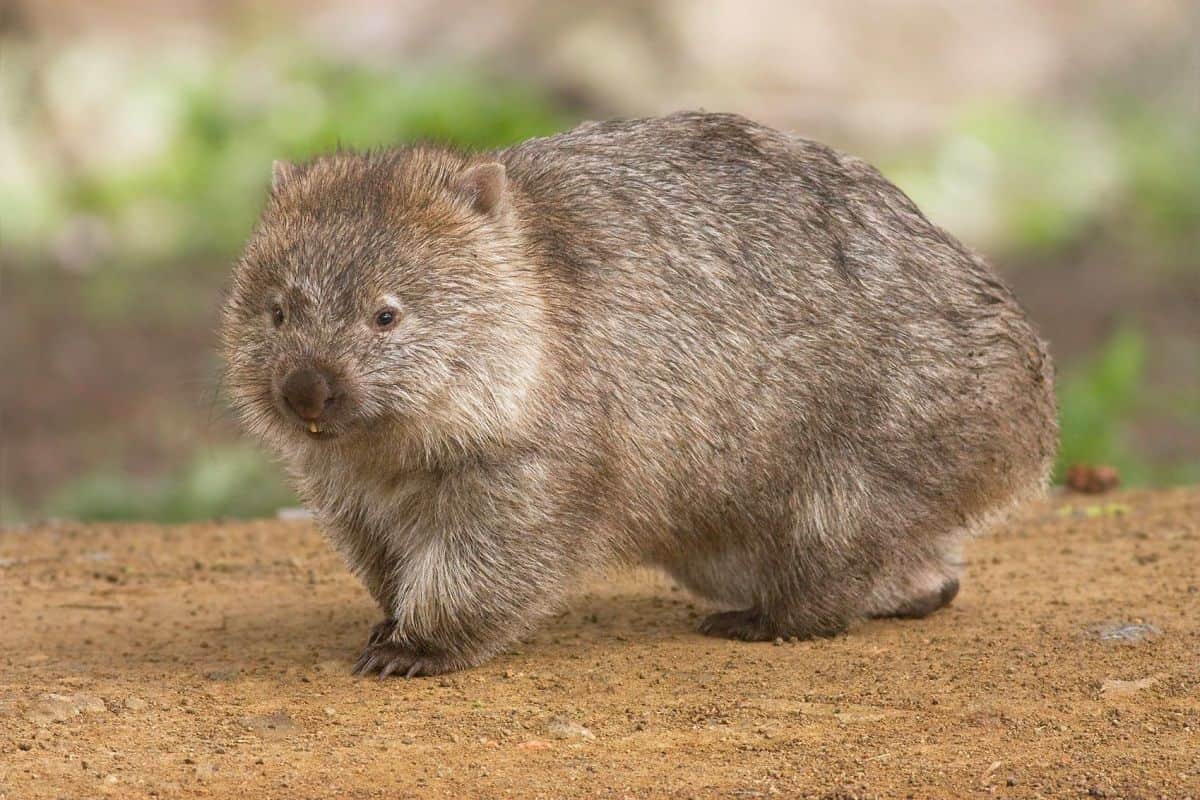Welcome to the Enchanting World of Australian Wildlife
G’day, adventurous parents and curious kids! Are you ready to hop like a kangaroo into the captivating realm of native Australian animals? There’s an entire universe of marsupials, birds, reptiles, and marine life that call Australia home – and we’re here to introduce you to some of these unique Aussie critters. So, grab your binoculars and let’s go on a virtual safari Down Under!
Why Australia’s Wildlife Is Unique
Australia is renowned for its biodiversity, with creatures that are not only adorable but also cannot be found anywhere else on the planet. The Land Down Under broke away from the massive supercontinent Gondwana about 45 million years ago, creating a landmass where animals could evolve in isolation, resulting in some peculiar and exciting species that are sure to spark the imagination of youngsters and adults alike.
Iconic Marsupials: Kangaroos, Koalas, and More
When thinking of Australian wildlife, the first animals that often jump to mind are the beloved marsupials. Let’s start with the kangaroo, the unofficial mascot of Australia. These bounding beauties are master jumpers, can reach speeds of up to 60km/h and have a unique way of caring for their joeys in their pouches.
Next on our list is the cuddly koala. Despite being called koala bears, these sleepy tree-huggers aren’t bears at all! They spend up to 20 hours a day napping in eucalyptus trees, conserving energy because their diet of eucalyptus leaves doesn’t provide them with much nutrition.
Another marsupial superstar is the wombat. These adorable, burrowing animals are like the bulldozers of the Australian bush, creating extensive tunnel systems with their powerful claws. Their pouches interestingly open backward to avoid getting soil in them while they dig.
Colorful Birds: From Laughing Kookaburras to Elegant Emus
Australia also boasts a stunning variety of birds. The kookaburra, known for its human-like laughter echoing through the forests, is a must-see (or hear!). Then there’s the emu, Australia’s largest native bird, unable to fly but can run at impressive speeds. It’s a bird that can surely surprise you with its agility and size.
Let’s not forget the beautiful rainbow lorikeet, with its vibrant feathers that look like a painter’s palette. These talkative parrots are regular visitors to bird feeders and backyards across the country, delighting families with their antics and chatter.
The Reptile Realm: Cuddly Crocs and Shelled Surprises
Reptiles abound in every corner of Australia, with an incredible variety to discover. The infamous saltwater crocodile is the largest reptile in the world and can be seen lurking in rivers and coastal waters of northern Australia – although these are definitely best appreciated from a safe distance!
For a more placid reptile encounter, meet the Australian green sea turtle found swimming gracefully along the Great Barrier Reef. These ancient mariners navigate the oceans and, when the time is right, return to the very same beaches where they were hatched to lay their own eggs.
The Lesser-Known Wonders
Australia is also home to some more obscure but no less fascinating creatures. The echidna, for example, is a spiny, ant-eating mammal that lays eggs like a bird and carries its babies in a pouch like a kangaroo. And let’s not overlook the Platypus, the iconic semi-aquatic species that looks like it was designed by a committee: part duck, part beaver, and part otter.
Conservation: Protecting Australia’s Unique Wildlife
As we marvel at Australia’s wildlife, it’s important to talk about conservation. Many of these species face threats from habitat loss, climate change, and introduced species. This provides a great opportunity for teachable moments with your children about the importance of protecting our planet’s biodiversity.
Join us as we continue to delve into the magical world of Australian wildlife, where we’ll explore habitats, behaviors, and fun facts that capture the essence of these extraordinary animals. By learning about these creatures, we hope to instill a sense of wonder and a passion for conservation in the next generation of wildlife enthusiasts.
Remember, the journey through Australia’s animal kingdom is a fantastic way to educate and inspire your kids about nature’s marvels. So stay tuned for more educational adventures that will provide a wealth of stories for your family’s bedtime chats and perhaps even inspire a future trip to the land where kangaroos roam and kookaburras laugh!
There’s so much more to uncover about the native animals of Australia, so keep your eyes peeled for our upcoming sections as we dive deeper into the habitats, diet, and quirky traits of these Aussie icons. Your whole family will love getting to know the incredible wildlife that makes Australia such a unique and fascinating continent.

5 Things Every Parent Should Know When Preparing to Encounter Australia’s Native Animals
- Understanding the Environment: Teach your children about the diverse ecosystems that Australian animals inhabit. Whether it’s the bushland for kangaroos, the Great Barrier Reef for marine life, or the forests for an array of bird species, understanding where these animals live can spark respect and interest in their natural habitats.
- Respecting Wildlife: It’s crucial to remember that while these animals are fascinating, they are also wild. This means maintaining a safe distance and not trying to feed or touch them. Explain to your children the importance of observing without interfering with the animals’ natural behaviors.
- Outdoor Safety: Australia’s great outdoors can be rugged and sometimes hazardous. When exploring, ensure that you’re equipped with essentials like water, sunscreen, and first-aid supplies. Also, inform yourself about the region you’re visiting, including any potential dangers like crocodiles in waterways or venomous snakes.
- Getting Involved in Conservation: Activities like visiting conservation parks, where wildlife is protected and nurtured, can be both fun and informative. Support local conservation efforts by donating or participating in educational programs. This active involvement teaches kids about wildlife preservation in a tangible way.
- Being Adventure-ready: Have a plan that includes knowing when to visit certain areas for the best wildlife viewing opportunities, tools and guides for animal spotting, and preferences for self-guided exploration or organized tours. Preparing adequately ensures a more delightful and less stressful encounter with nature.
Conclusion
As you can see, Australia’s wildlife offers an incredible opportunity for parents to engage with their children through nature. These interactions enrich family time with education, adventure, and the excitement of discovering creatures that are a true testament to nature’s creativity. Embracing these experiences with respect, awareness, and responsibility will lead to priceless memories and a deep appreciation for the world’s biodiversity – that’s something you and your little ones can carry for a lifetime. Let’s cherish and protect these amazing native Australian animals, together!
Before we wrap up this section, just a small reminder: when exploring Australia’s wildlife, always abide by local regulations and guidelines. It ensures the safety of both your family and the spectacular creatures you’ve come to observe. Plus, being good role models for environmental stewardship is one of the best legacies we can leave for our children.
Stay tuned, as our next update will guide you through creating interactive and educational activities for your kids that revolve around Australian wildlife. From crafts to quizzes, we’re here to help you bring the spirit of Australia’s wild inhabitants into your home in the most engaging ways. Happy exploring!
For more great fun click here. For more information see here
Disclaimer
The articles available via our website provide general information only and we strongly urge readers to exercise caution and conduct their own thorough research and fact-checking. The information presented should not be taken as absolute truth, and, to the maximum extent permitted by law, we will not be held liable for any inaccuracies or errors in the content. It is essential for individuals to independently verify and validate the information before making any decisions or taking any actions based on the articles.




